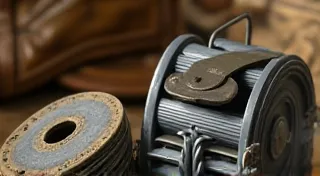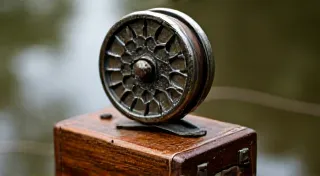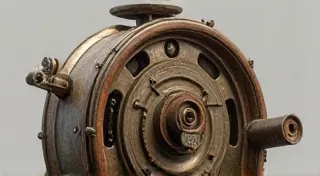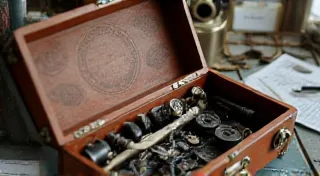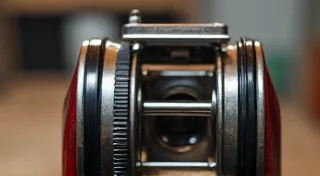The Iconic Pflueger 1600: A Collector's Dream
There's a certain romance associated with vintage fishing. It’s not simply about catching fish; it’s about connecting with a heritage, a time when craftsmanship and durability were prized above all else. And at the heart of that heritage, for many collectors, sits the Pflueger 1600. It’s more than just a fishing reel; it's a miniature work of art, a testament to American ingenuity, and a tangible link to a simpler era. I remember my grandfather, a quiet, weathered man who knew the river like the back of his hand, using a Pflueger 1600. The way he handled it, the soft click of the drag, the almost reverent care with which he cleaned it – it imprinted itself on me, fostering a lifelong appreciation for the beauty of well-made things.
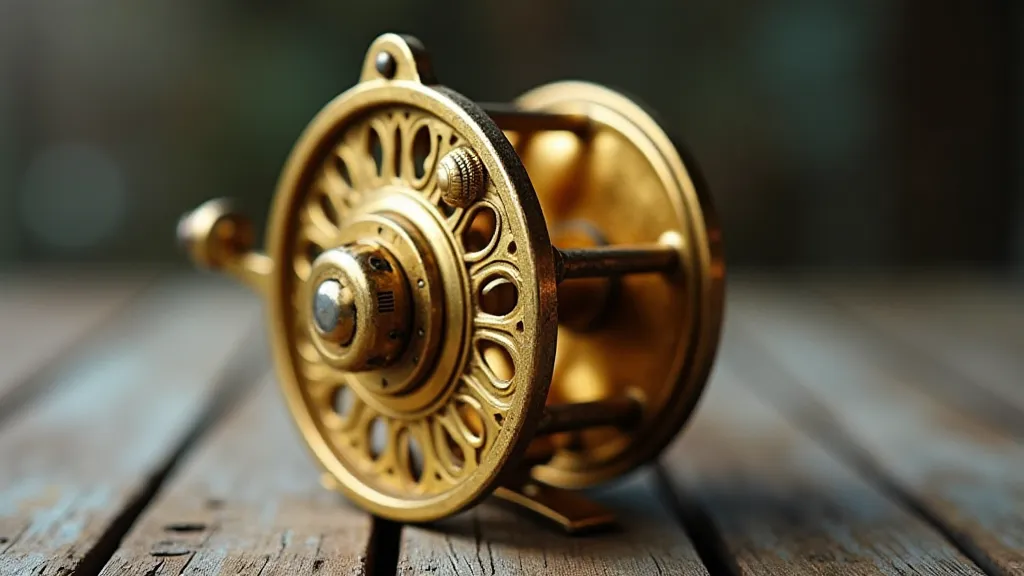
A History Forged in Steel and Innovation
The Pflueger Manufacturing Company began in 1887 in Dayton, Ohio, founded by H.L. Pflueger. Initially known for producing innovative, high-quality sporting goods, the company quickly established a reputation for excellence. The 1600, first introduced in 1938, was a direct response to the demand for a more refined and capable spinning reel than previously available. Prior to the 1600, most reels were either lever drag reels or require constant winding. The 1600 brought a revolutionary level of sophistication. The introduction of the “Instant Reflex” drag system was a game-changer, allowing for precise control even under heavy pressure – crucial for landing large fish. The reel was initially priced at $3.60 – a considerable sum in the late 1930s, indicating its premium status.
The timing of the 1600’s release was significant. The world was on the precipice of World War II, and the design reflected both optimism and a nod to emerging art deco aesthetics. The intricate scrollwork, the polished brass finish (often referred to as "Golden Glow"), and the overall elegance embodied a spirit of innovation and resilience. The reel’s durability and reliability proved invaluable during the war years, as soldiers carried them overseas and used them to relax and connect with nature amidst the harsh realities of conflict. After the war, the 1600 continued to be a symbol of American outdoor heritage.
Understanding the Variations and Identifying Your Reel
While the core design remained consistent, various models and variations of the Pflueger 1600 emerged over the years, impacting their value and collectibility. Identifying these variations is crucial for accurate assessment.
- Original (1938-1941): These early models are highly sought after due to their rarity and pristine design. They feature distinct scrollwork and a slightly different overall appearance. These are typically the most expensive.
- Improved (1946-1951): Post-war production saw slight modifications to the design, primarily in the handle and spool. The "Improved" designation is often stamped on the reel. These offer excellent value.
- "Greenie" (1952-1955): A significant change occurred with the introduction of a green-finished version, affectionately nicknamed the "Greenie." The green finish was applied over a brass base, and while visually striking, it is generally considered less desirable by serious collectors compared to the Golden Glow models.
- "True Beauty" (1956-1963): A later model attempting to recapture the original appeal. These are more common than the early models and often feature a more subdued finish.
Look closely at the reel's markings. The manufacturer’s name, model number (1600), and patent information will be clearly stamped on the reel’s face. Examine the handle – the shape and material can vary between models. Check the spool – early models often had a different spool design than later variations. A keen eye for detail is your greatest asset in identifying the specific version you hold.
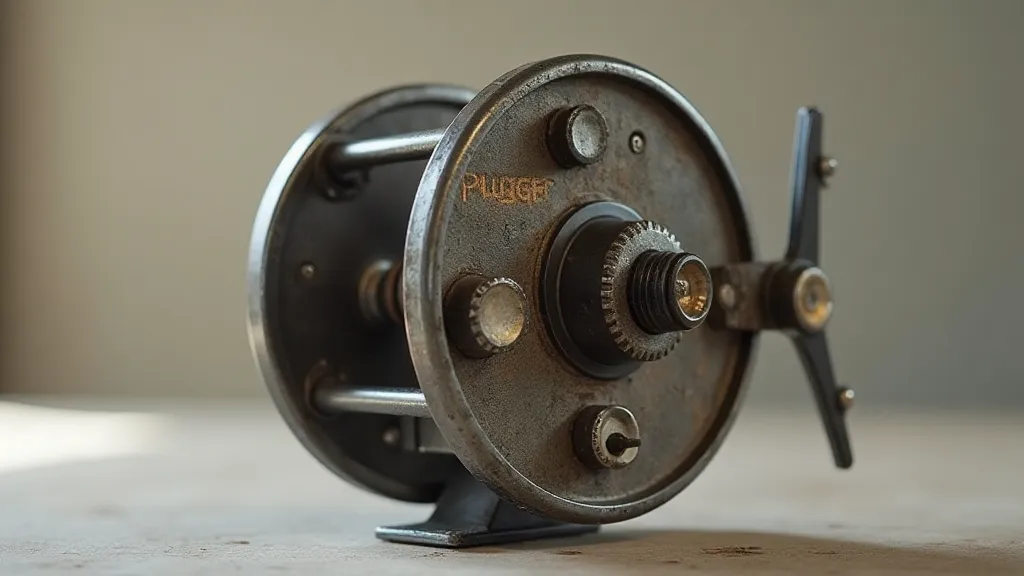
Condition: The Cornerstone of Value
As with any collectible, condition is paramount. A pristine, original 1600 in its original box will command a significantly higher price than a well-worn, restored example. Here’s a breakdown of condition grading:
- Mint: As new, unused, in original box. Extremely rare.
- Excellent: Shows minimal signs of wear. May have been used, but meticulously cared for.
- Very Good: Shows moderate wear, including scratches and minor imperfections.
- Good: Shows significant wear, but still functional.
- Fair: Shows considerable wear and may have missing parts.
Restoration can be a delicate matter. While cleaning and lubricating the reel can enhance its appearance and functionality, extensive modifications or replacement parts can detract from its value. Many serious collectors prefer reels in their original, unmolested condition, even if they exhibit some signs of wear. Corrosion is a significant concern; rust can severely diminish a reel’s value. Proper storage and careful cleaning are essential for preserving a Pflueger 1600’s beauty and functionality.
Assessing the Worth: A Collector’s Perspective
The value of a Pflueger 1600 varies considerably based on model, condition, and market demand. As a general guide:
- Original (Mint): $800 - $1500+
- Original (Excellent): $500 - $800
- Improved (Mint): $350 - $600
- Improved (Excellent): $200 - $350
- "Greenie" (Excellent): $150 - $250
- "True Beauty" (Excellent): $100 - $200
Online auction sites and collector forums are invaluable resources for gauging current market values. Remember that prices can fluctuate based on seasonality and overall collector interest. Talking to experienced Pflueger collectors is a great way to gain further insight.
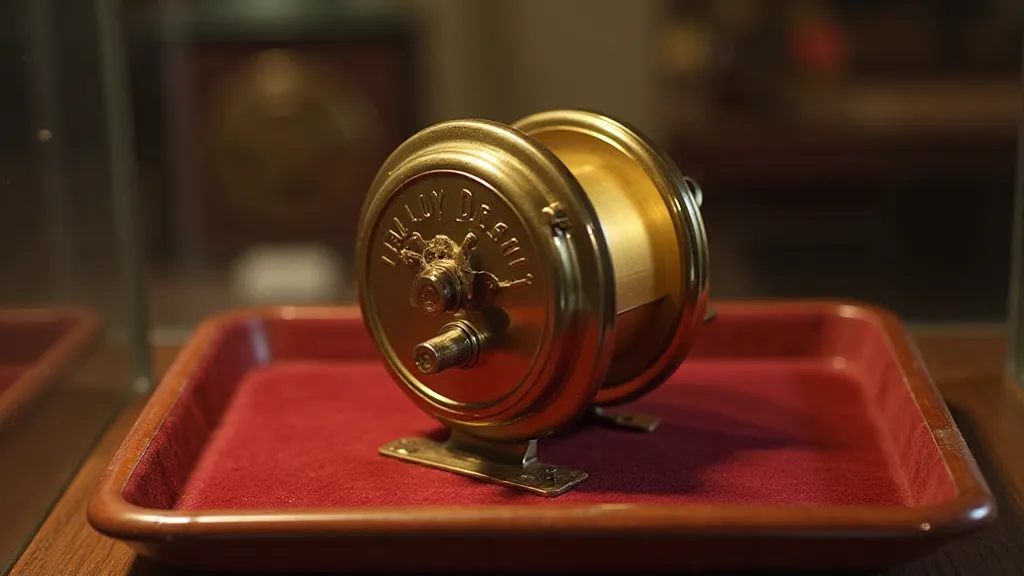
The Pflueger 1600 isn't just a fishing reel; it’s a piece of history, a testament to American ingenuity, and a beautiful object in its own right. Whether you're a seasoned collector or simply appreciate the elegance of vintage craftsmanship, the Pflueger 1600 offers a captivating glimpse into a bygone era. Holding one in your hand, feeling the smooth action of the drag, and admiring the intricate details – that's a connection to a time when things were built to last, and beauty was an integral part of the design. It’s a legacy worth preserving and celebrating.
